At a glance, these images of coloured objects set against a deep blue backdrop could be mistaken for marine wildlife, floating serenely.
In reality, they show the plastic that most ocean animals now share their space with.

Plastic products from more than 25 different countries recovered from Henderson Island in June 2019 © Mandy Barker.
At a glance, these images of coloured objects set against a deep blue backdrop could be mistaken for marine wildlife, floating serenely.
In reality, they show the plastic that most ocean animals now share their space with.
British photographer Mandy Barker assembles collections of plastic pulled from water around the world to prove that our obsession with plastic has changed every part of our planet. She hopes that her pictures inspire people to solve the problem.
Millions of tonnes of plastic enter the ocean each year, and the onslaught is showing no signs of slowing. The material never decomposes, so all the plastic humans have ever created, unless burnt, still exists in some form. Studies have shown that tiny plastic particles are even in the air that we breathe and the food we eat.
Mandy, who grew up in Hull, has been taking photos of plastic pollution for a decade and has received global recognition for her work. She's been to some of the remotest places in the world and her pictures have been published in more than 40 countries.
She says, 'If everyone did something to reduce their own plastic consumption, it would have a huge impact. I create work that's beautiful because I want people to stop and look at it, read what it represents, and then I want them to think about how they can do something.'
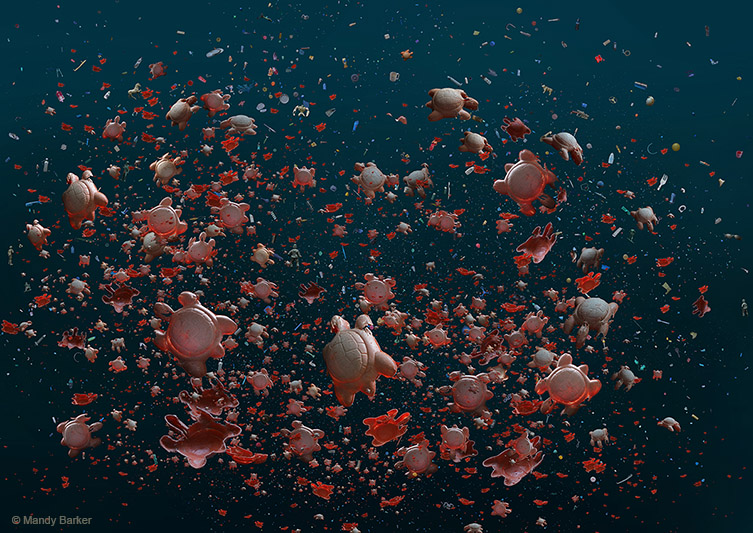
Plastic turtles representing over 600,000 hermit crabs that die each year from getting trapped in plastic, causing serious damage to populations that play a crucial role in maintaining tropical ecosystems. From the SHELF-LIFE series. © Mandy Barker.
Mandy has also worked alongside Museum seabird expert Dr Alex Bond to show the damage plastic does to nature.
In early 2019, Mandy accompanied Alex and his colleagues to Lord Howe, a tiny Australian island in the Tasman Sea. It's an important breeding ground for shearwaters, but the birds are suffering badly because of plastic pollution - many mistake it for food. Some chicks have been found in the area with over 400 pieces of plastic in their stomachs, which blocks their airways and digestive tracks.

This image from Mandy's SHELF-LIFE series shows the direct effect of sea creatures biting into plastic, including bite marks in bleach and oil containers. All the plastic was recovered from Henderson Island in June 2019. © Mandy Barker.
Mandy was devastated to witness Alex flushing the birds' stomachs in an effort to save them, and says the suffering she saw has influenced her recent work.
She says, 'Working alongside scientists is really important to me. I am not someone who creates art for its own sake. It's very important that what I do is accurate.
'What I saw on Lord Howe Island was a shock to me. I knew it was happening to the birds but witnessing it was something else, different to watching it on a screen. Seeing birds dying in front of you is like witnessing a crime that no one else has seen.
'I feel it is my responsibility as an artist to let people know about it, that is what keeps me going. I hope I can engage the world with my images, so people can understand what is going on in places they can't visit.'

A dead shearwater lies next to the plastic pulled from its belly. Image: Dr Alex Bond.
A second collaboration with Alex followed in June 2019, this time to Henderson Island in the Pacific Ocean. It's one of the most remote parts of the planet - and one of the most polluted.
The uninhabited island should be a paradise, but instead it harbours one of the highest densities of plastic in the world. Alex was there to investigate the impact of this plastic tide on the local wildlife, from the seabirds that are eating it to the hermit crabs using it as a home.
Mandy joined him to collect objects from the Henderson beach, photograph them in a cave and bring some items back to photograph on her return to the UK.
She created a series called LUNASEA after the team recovered more than six tonnes of plastic during their trip.
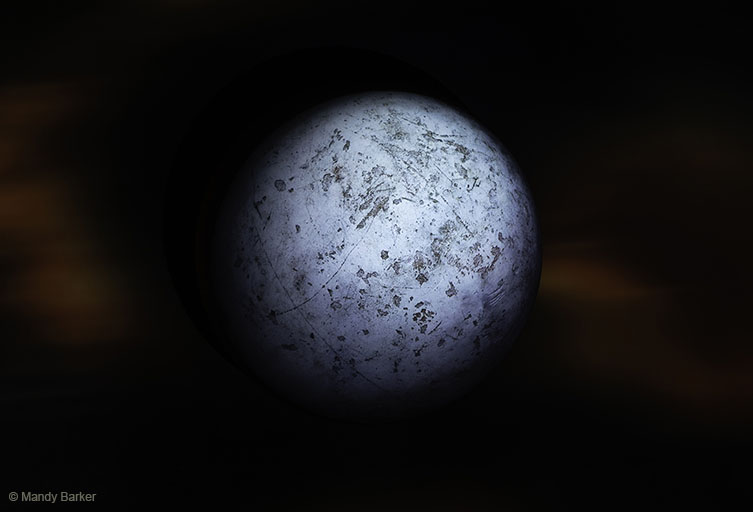
A plastic Moon - a fishing buoy, now marine plastic debris, recovered from Henderson Island is lit to resemble the Moon. From the LUNASEA series. © Mandy Barker.
Mandy says, 'Henderson is eclipsed by plastic, and it also looks a little like the surface of the Moon as it is made of coral. That stunning place is suffering from a hideous issue, and my work really sums up that contradiction. Being part of this trip was incredible - as soon as I heard about this place, I knew I had to go.'
Chopped-up fishing line and nets were found throughout the debris Mandy discovered on Henderson, alongside plastic toys, food wrappers and bottles from across the planet.
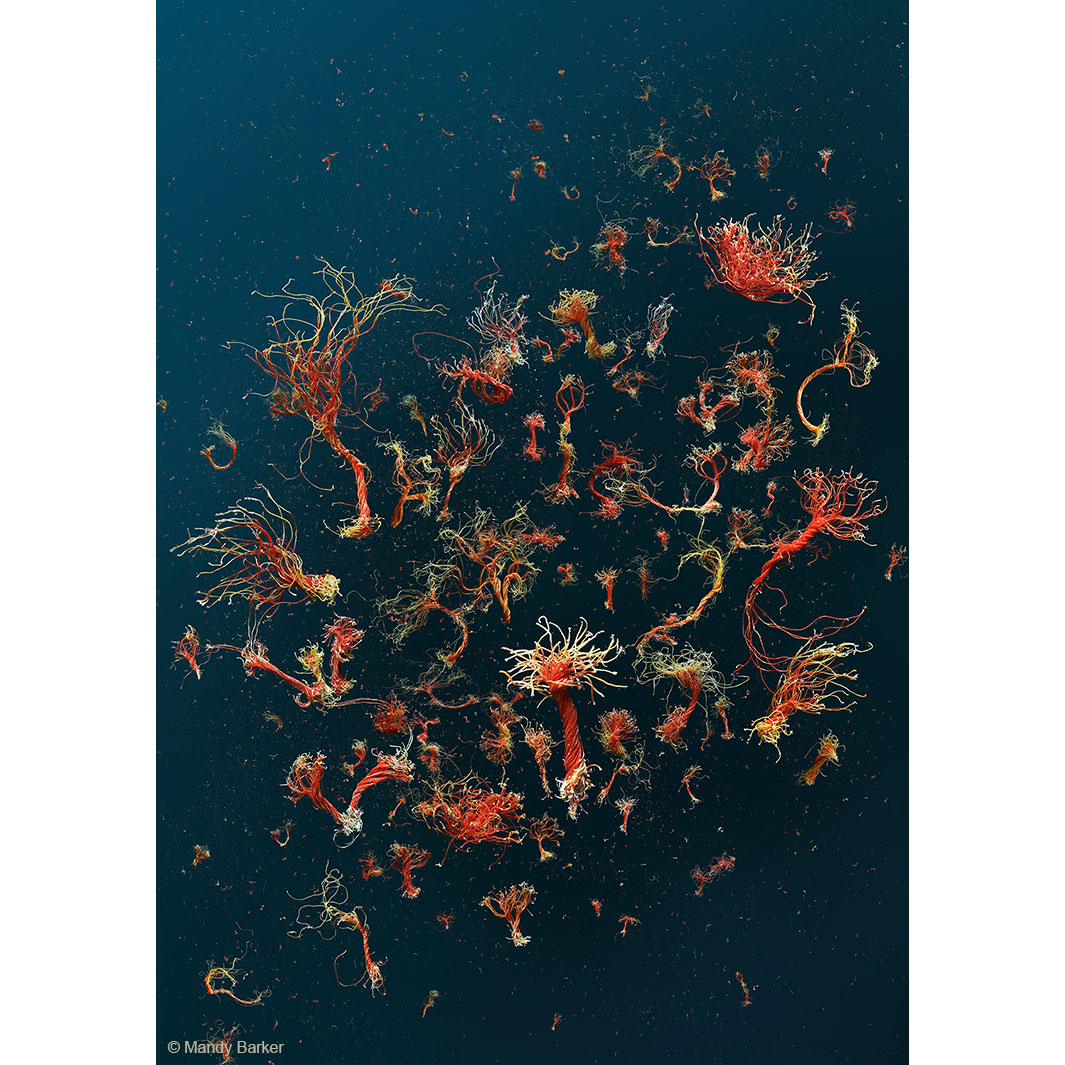
Three-inch pieces of fishing net recovered from Henderson Island in June 2019, from the SHELF-LIFE series. © Mandy Barker.
In a second series, SHELF-LIFE, Mandy documents the life of recovered plastic objects that have at some point existed on a shelf, either within a supermarket, shop, storage unit or home. Plastic manufactured on land has found its way to the natural reef and coral shelf of Henderson Island.
Mandy says, 'We traced the plastic we found back to more than 25 countries and over 45 different brands. This is a global problem. To see so many branded products in an uninhabited island was particularly upsetting. You can never really tell where this rubbish entered the ocean - it could have been purchased anywhere, by anyone. It's rubbish from our own homes.
'In one image there is a McDonald's Happy Meal toy. How does that get to a remote UNESCO World Heritage Site?'
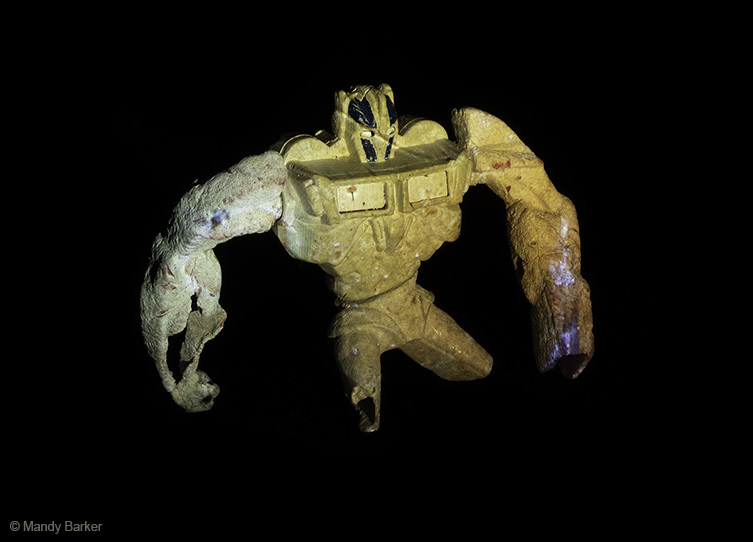
A McDonald's Happy Meal Toy from 2013, found by Mandy on the uninhabited Henderson Island in 2019. From the LUNASEA series. © Mandy Barker.
Mandy hopes that her work inspires action:
'Change can happen. When it comes to pressurising brands, it is being started already, often by the youngest generations. Two young girls led a petition to stop McDonald's putting those plastic toys into Happy Meals, and it worked,' she says.
At the end of 2019 both McDonalds and Burger King announced they would stop giving plastic toys to children with their meals, after young Southampton sisters Ella and Caitlin McEwan started a successful campaign. The chains now offer toys made from sustainable materials.
Mandy adds, 'If people see my pictures and decide to do a beach clean, stop buying plastic bottles or unnecessary single-use items and packaging, it will make all my work worthwhile.'

Use our new tool to find actions that are good for both you and the environment.
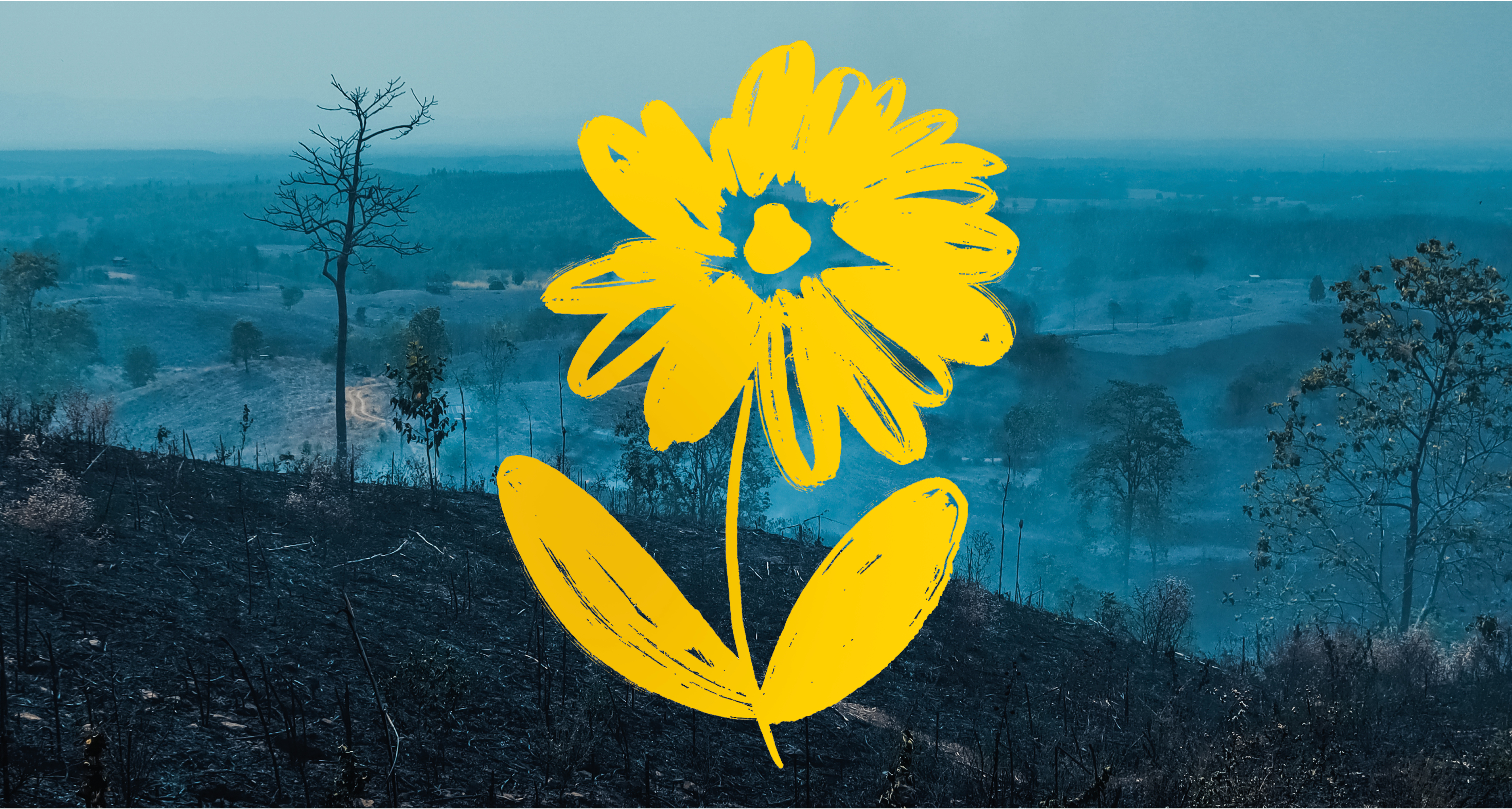
Discover science-backed, hopeful solutions that will help us to create a more sustainable world.
New gallery open now.
Don't miss a thing
Receive email updates about our news, science, exhibitions, events, products, services and fundraising activities. We may occasionally include third-party content from our corporate partners and other museums. We will not share your personal details with these third parties. You must be over the age of 13. Privacy notice.
Follow us on social media